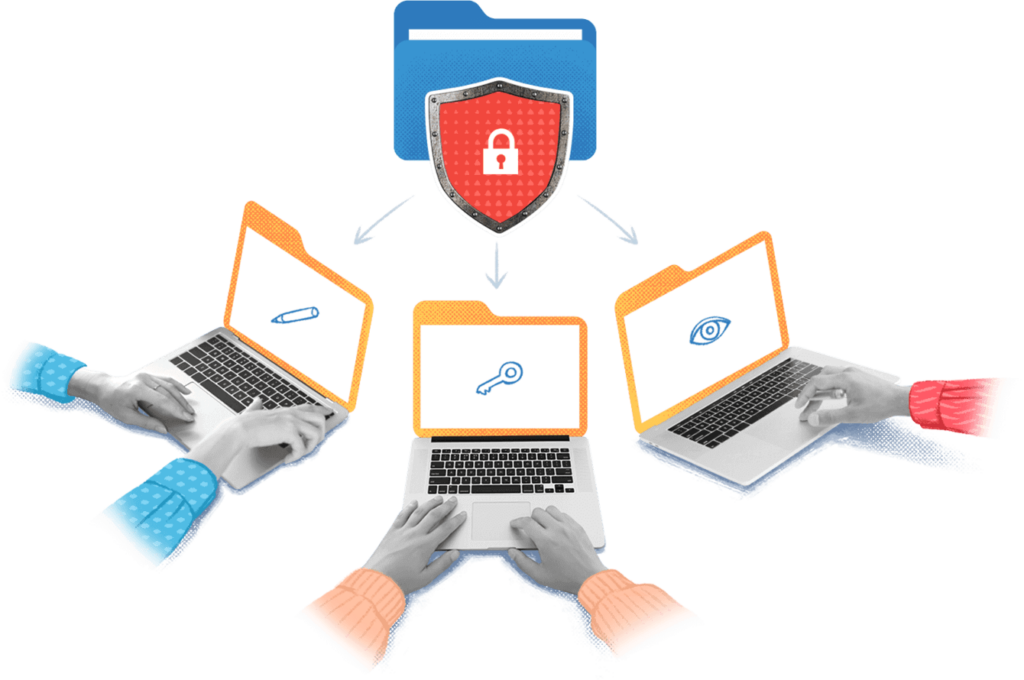How Can Remote Desktop File Transfers Be Optimized for Efficiency and Security?

In the digital age, transferring files from one computer to another is common. But when you’re doing this remotely, through something called Remote Desktop Protocol (RDP), it’s important to do it efficiently and securely. Think of RDP file transfer like sending a package through the mail. You want it to get there fast but also ensure it’s safe and doesn’t fall into the wrong hands.
ScreenConnect states, “Remote desktop applications are pivotal mechanisms that substantially augment team operations. The immediacy of transferring files from a remote desktop to a local one allows for real-time access to crucial data, faster issue remediation, and better customer service.” Let’s explore how we can make this process both quick and secure.
Speeding Up File Transfers
First things first, let’s talk about making RDP file transfer faster. Nobody likes to wait forever for a file to transfer. It’s like waiting for a slow elevator – frustrating!
One way to speed things up is by compressing the files. This means making them smaller so they move faster, kind of like folding a big blanket so it fits into a small bag. Another way is to use a direct connection, like taking a shortcut instead of a long, winding road. These methods can significantly cut down the time it takes to transfer files.
Ensuring Secure Transfers
Security is super important in RDP file transfer. You don’t want your files getting into the wrong hands. It’s like making sure your mail has a lock on it.
Using encryption is a great way to secure your files. Encryption scrambles the data in your files, so even if someone intercepts them, they can’t understand what’s inside. It’s like sending a secret code only the right person can decode. Also, having strong passwords and using secure networks adds another layer of protection.
Managing Bandwidth Usage
Bandwidth is like the size of the pipe through which your data flows. If the pipe is too small and you’re sending a lot of data, things can get clogged up. This can slow down your RDP file transfer and affect other things you’re doing online.
You can schedule large file transfers for off-peak hours to manage bandwidth, like at night when fewer people use the network. It’s like avoiding rush hour traffic. You can also limit your file transfers’ bandwidth, so they don’t take up all the available space.
Choosing the Right Tools
Using the right tools can make a huge difference in the speed and security of your RDP file transfer. It’s like having the right equipment for a job – it makes everything easier and better.
There are many tools and software options designed specifically for remote file transfers. These tools often come with built-in features for speed and security, like automatic compression and encryption. It’s worth researching and investing in a tool that meets your needs.
Regular Monitoring and Maintenance
Finally, regular monitoring and maintenance are key to keeping your file transfer process smooth and secure. It’s like regularly checking your car to ensure it’s running well.
Keep an eye on your file transfer system to spot issues like slow speeds or security breaches. Regular updates and security checks can prevent a lot of problems. It’s all about being proactive rather than reactive.
Optimizing RDP file transfer for efficiency and security is essential in our increasingly online world. By speeding up transfers, ensuring they are secure, managing bandwidth, using the right tools, and performing regular checks, you can ensure that your files get where they need to go quickly and safely. It’s like being a great digital postmaster – ensuring every ‘package’ arrives on time and intact. So, if you’re transferring files remotely, remember these tips to ensure a smooth and secure journey for your data.
